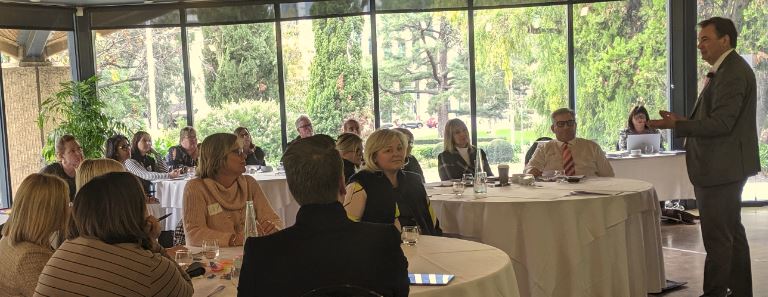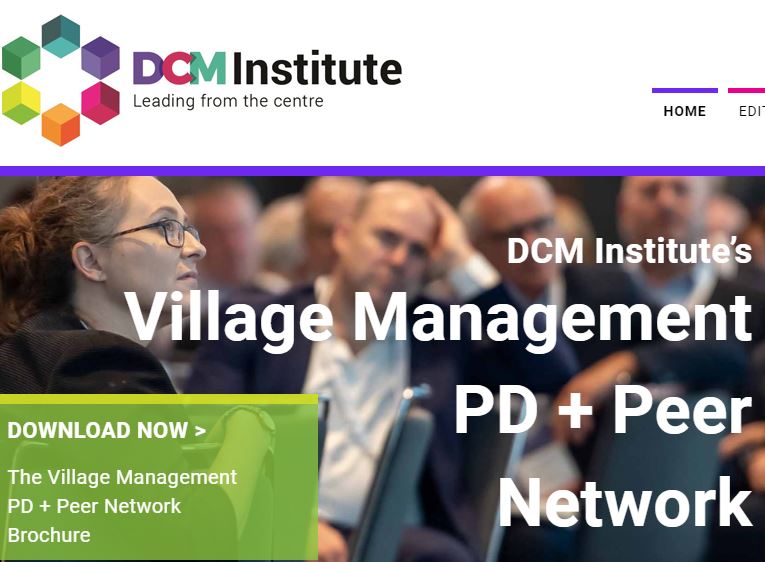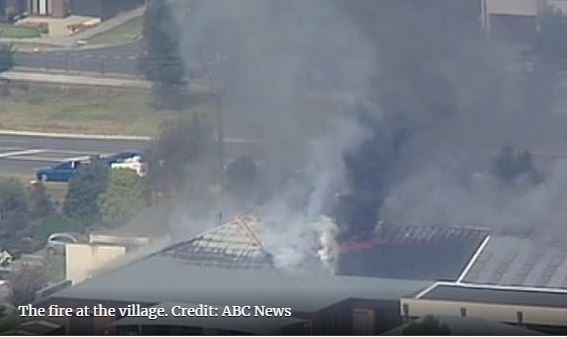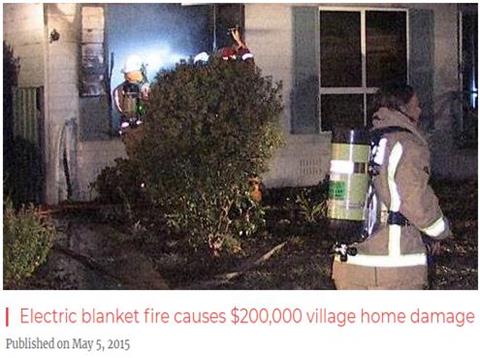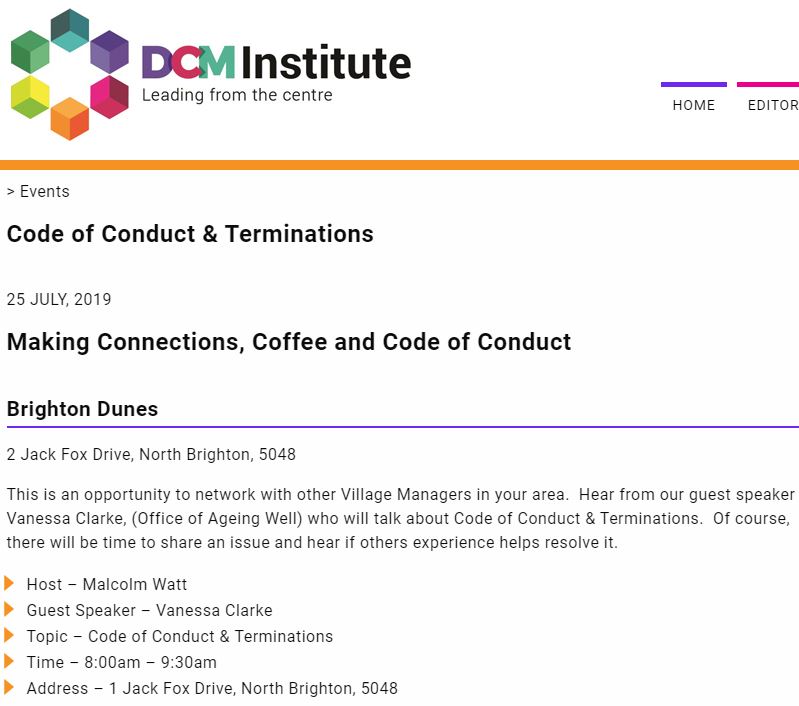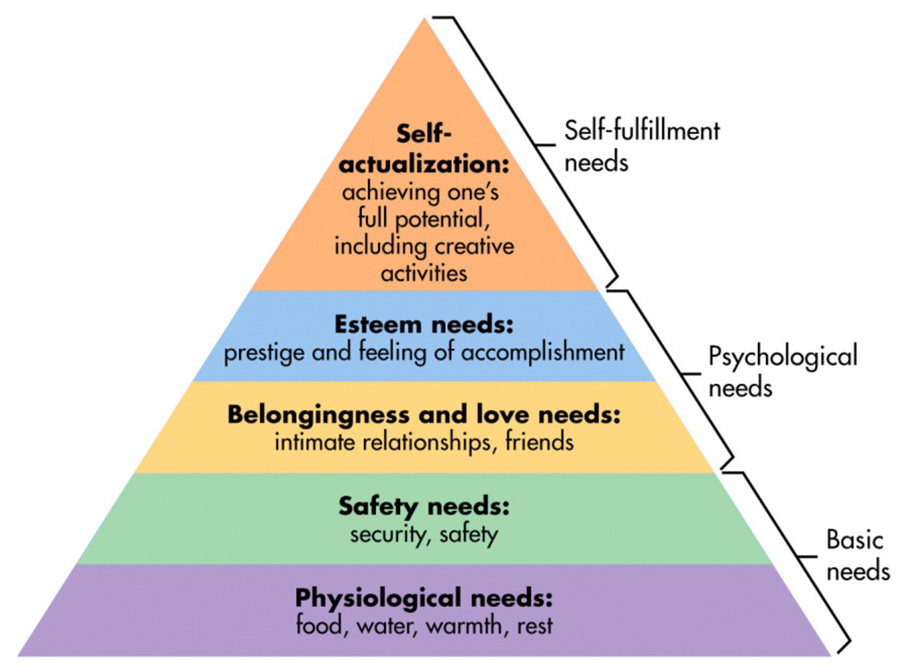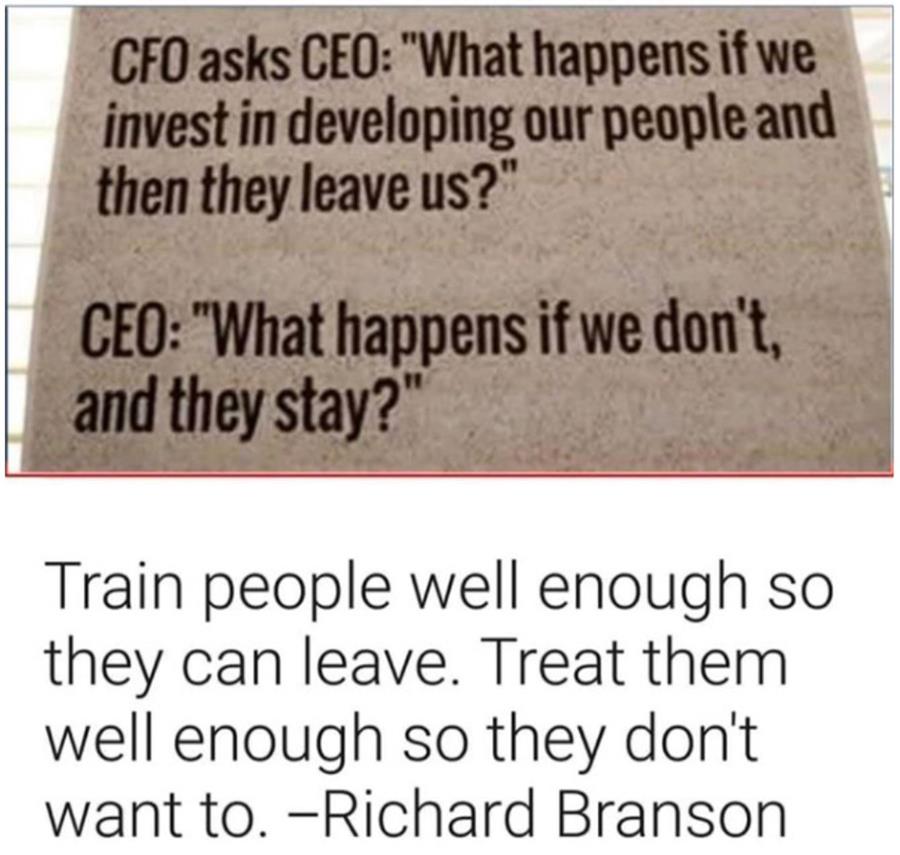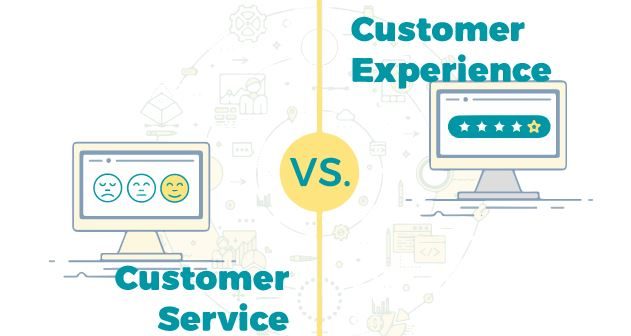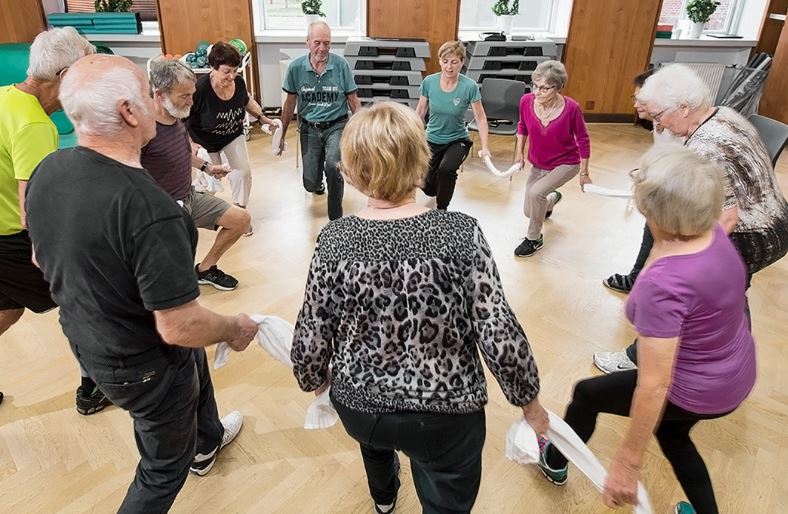Has your owner or others been talking about ‘customer experience’, how important it is and how you should be implementing it?
What is ‘customer experience’ and why are we talking about it now?
We are talking about it for four reasons.
First, 19,600 residents in the January 2018 villages.com.au National Resident Survey told us that just 35% of residents felt they were ‘valued as a customer’ by head office and operators.
Not a good result generally – and it certainly demonstrates a lack of respect.
Second, if residents don’t feel that you value them, they are not going to recommend you (the village) to their friends. This impacts sales, which you know.
Third, sales enquiry has never been so important given the downturn in the housing market. Every village needs far more enquiries to achieve sales as deposits fall over while people try to sell their home.
Fourth, ‘regulation creep’ is occurring across the country. State governments are developing new rules to protect the lowest customer experience. If they don’t hear positive resident advocates, they will think all villages are the same.
And more regulations restrict your freedom to try new things.
Isn’t this just ‘customer service’?
No. Customer service is reactive – you are asked to do something, and you respond.
Customer Experience, on the other hand, is proactive – you do things before you are asked and your customer (your resident) has an unplanned positive experience – and appreciates it.
So, if you like, customer service is expected, while customer experience is an unexpected delight.
Good hotels do this very well. You arrive after a long trip with planes and traffic, check into your room and find a chilled bottle of wine waiting for you. Unexpected and appreciated.
Cost to the hotel may be $10, but it sets you up to liking the experience – and telling your friends.
These are great concepts, but how do you as Village Manager even start creating ‘customer experience’?
This buzz concept starts with the ‘customer journey’.
What this means is to understand what the customer is going through when joining and living in a village – and getting ahead of their expectations.
This is a big subject, and we can’t cover everything here, but we’ll come back to it in our next newsletter (also check our Village Manager Professional Development program).
However, here are some quick tips.
Traditionally in our sector, we are conscious of the Customer Journey between ‘enquiry’ and ‘move in’. But what happens to our relationships with residents once they are settled in?
Take a step back and think – how do we consciously build relationships with residents (all residents)?
Do we interact more with those that seek us out, and the rest of our relationship is built on a monthly newsletter and a meeting here and there?
Do we have a planned strategy for keeping and developing strong long-term relationships with each resident?
It is important to ensure that there is a series of continuous different interactions with all residents so you can meet their long-term expectations, which may change over time.
Here are some simple ideas to get you thinking about proactive interactions with residents that can generate a very positive experience:
- Monthly VM morning tea
- Quarterly all resident update meetings
- Monthly birthday lunches
- closed Facebook groups
- Neighbourhood events
- attend or participate in local community activities together
- Work on a project together
- Operator funded village outings
- Donation drives
- annual clean out the cupboard garage sale
- Sub-committee volunteer groups
- Village consultation groups
- Annual individual check-ins
Over the next few issues we will put more structure to the concept of ‘customer experience’.
Until then.
Cheers,
Jodie





